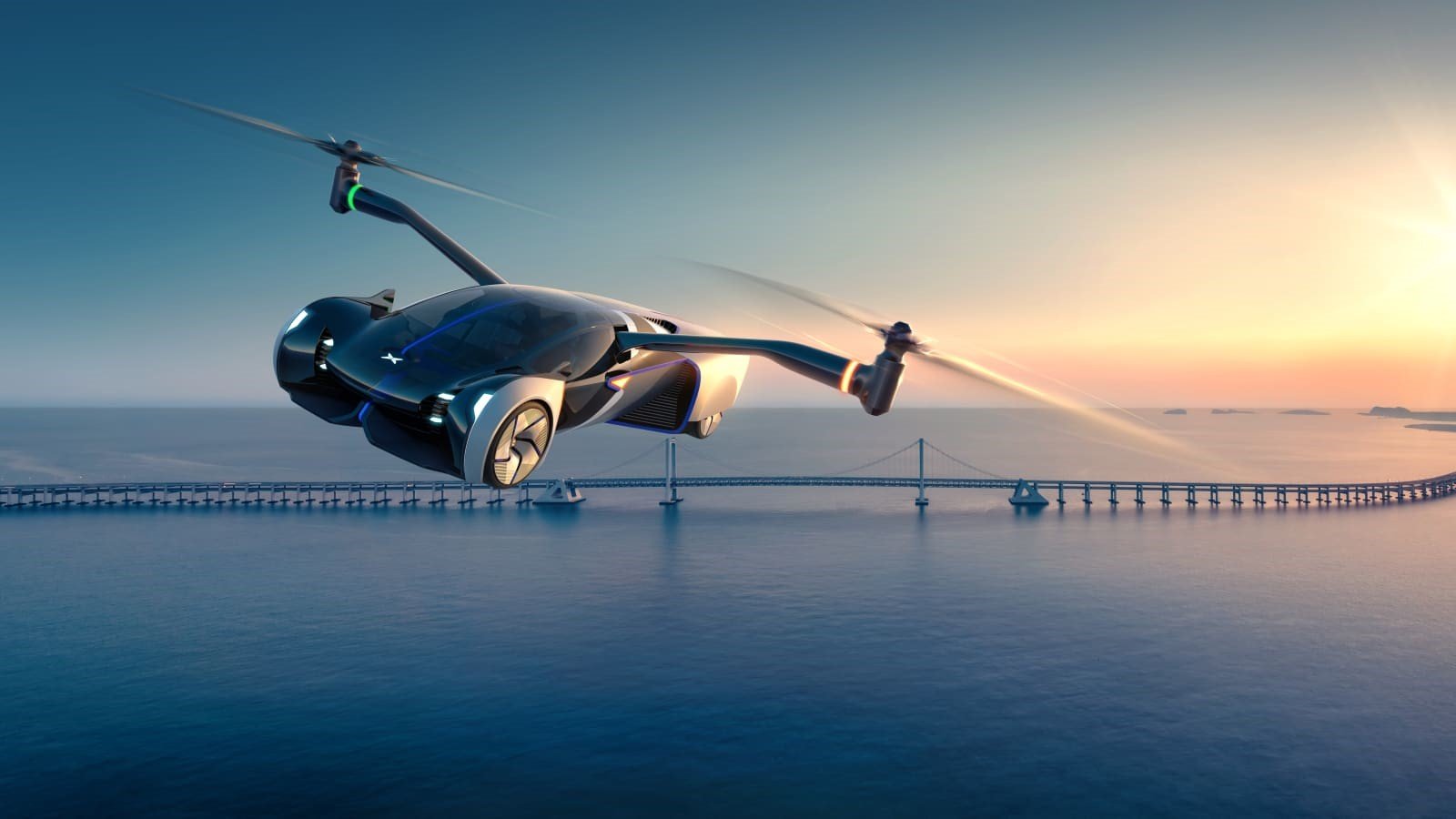
Flying cars Navigation and emergency response
As flying cars transition from science fiction to reality, one of the most critical challenges remains: safe and efficient navigation along with an advanced anti-collision system. Traditional radar, which has long been the backbone of aerial navigation, is facing limitations that could hinder the next generation of air mobility.
The Limitations of Traditional Radar
Radar systems have served as a reliable tool in detecting objects and preventing collisions in various modes of transportation. However, in the context of flying cars, radar poses significant challenges:
- High Energy Waves: Radar emits high-energy waves that can saturate the environment. This saturation not only increases the risk of interference with other electronic systems but also potentially poses a hazard to sensitive onboard equipment and even to human health.
- Environmental Interference: In densely populated airspaces and urban environments, the abundance of high-energy waves from multiple radar sources can lead to signal congestion. This results in degraded performance and reduced accuracy in object detection.
- Harm to Equipment and Humans: Continuous exposure to high-energy radar waves can potentially damage the delicate sensors and electronics that modern flying cars rely on. Moreover, prolonged exposure to such waves may have adverse effects on human health, making it an unsustainable option for future air transportation.
Navigating the Future of Air Mobility
The need for a navigation and collision avoidance system that overcomes these drawbacks is more pressing than ever. As the flying car market evolves, safety and reliability become paramount. The traditional reliance on radar is being rethought, and researchers and engineers are turning towards innovative technologies that can deliver precise navigation without the associated drawbacks of radar.
A Smarter, Safer Mechanism
At the forefront of this innovation, we are developing a smart mechanism that promises pinpoint accuracy in navigation and collision avoidance, all while being cost-effective and efficient. This new system is designed to:
- Reduce Energy Emissions: By employing low-energy sensors that operate at frequencies which do not saturate the environment, our mechanism minimizes interference and ensures a safer operational spectrum.
- Enhance Detection Precision: Leveraging advanced algorithms and sensor fusion techniques, our system provides real-time, high-resolution data that accurately maps the surrounding environment. This ensures that potential obstacles are detected well in advance, enabling rapid response and collision avoidance.
- Improve Cost Efficiency: Our approach emphasizes not only safety and accuracy but also affordability. By utilizing commercially available components combined with cutting-edge processing, the solution is accessible and scalable for widespread deployment in flying cars.
- Ensure Environmental and Human Safety: By moving away from high-energy emissions, our system creates a safer atmosphere for both onboard equipment and passengers. This mitigates the long-term risks associated with traditional radar systems and supports sustainable air mobility.
Paving the Way for the Next Generation of Flying Cars
The future of flying cars depends on overcoming these critical navigation and safety challenges. With the potential to revolutionize urban mobility, our innovative mechanism is poised to redefine the standards of collision avoidance and environmental compatibility. By ensuring that our navigation system is not only highly accurate but also safe for equipment and humans alike, we are laying the groundwork for a new era of air transportation.
In conclusion, as we move towards a future where flying cars become a common sight in our skies, the development of a smart, efficient, and safe navigation system is essential. Our pioneering technology aims to replace traditional radar with a more sophisticated, low-energy solution that provides the pinpoint accuracy needed to navigate complex urban airspaces—ensuring that the future of air mobility is as safe as it is exciting.
